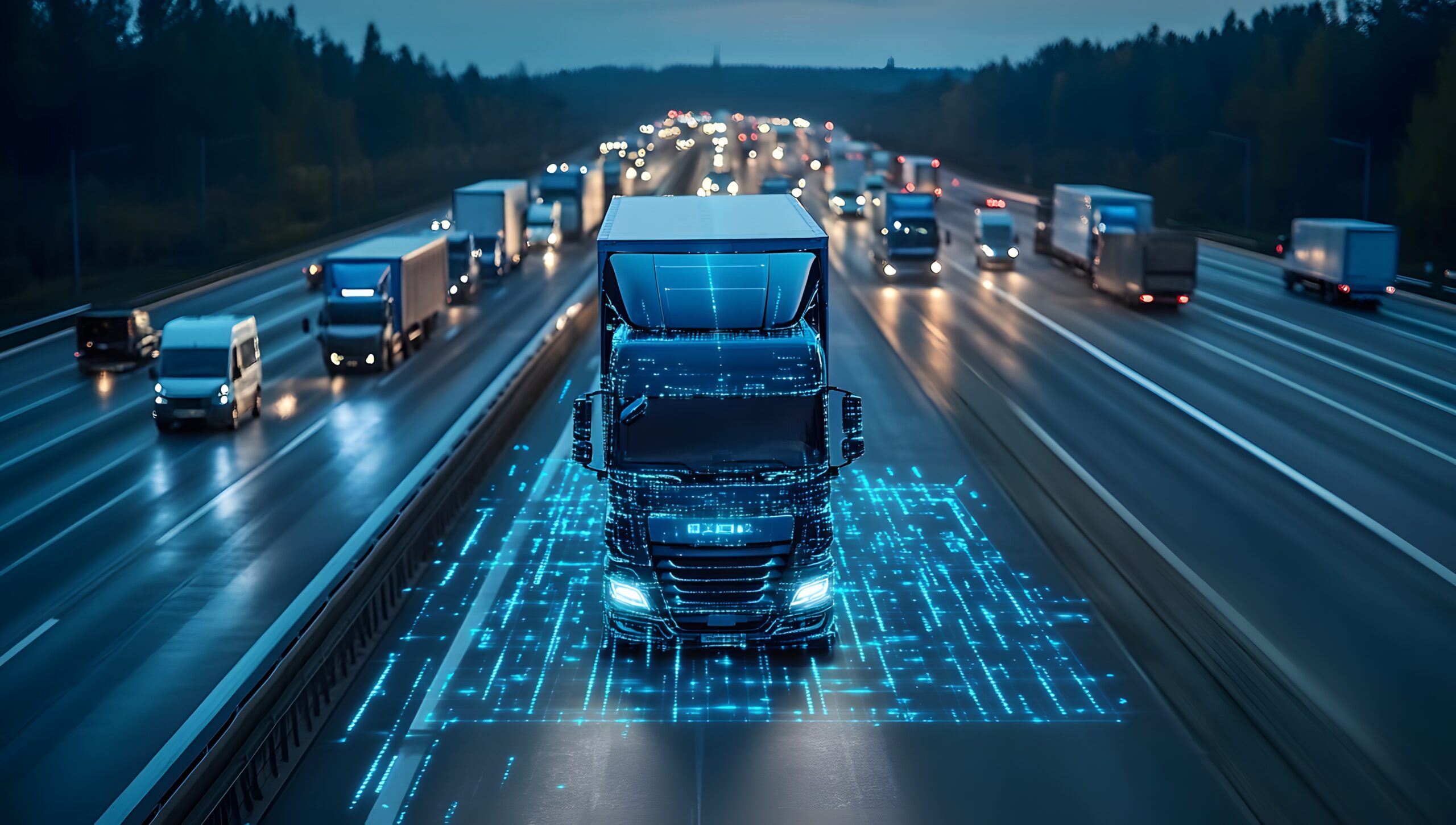In the past, risk management often meant reacting to problems after they happened. Today, artificial intelligence (AI) is flipping that model on its head—helping businesses predict, prevent, and respond to potential risks before they escalate.
By analyzing large volumes of real-time and historical data, AI-driven tools are reshaping how companies think about safety, operations, and decision-making.
From Data to Insight: A New Level of Awareness
AI can process thousands of variables in seconds—something no human team could manage manually. From identifying patterns in equipment failures to spotting inconsistencies in driver behavior, AI allows companies to detect early warning signs of risk.
For example:
-
Predictive maintenance systems analyze engine data, brake wear, and sensor readings to flag mechanical issues before a breakdown occurs.
-
AI-powered driver safety platforms track behaviors like hard braking, speeding, and distraction, alerting managers (and drivers) to trends that may lead to an incident.
This allows leaders to take proactive measures, such as scheduling service or targeted coaching, rather than responding after an accident or equipment failure.
Speeding Up Risk Response
When incidents do happen, AI helps accelerate response:
-
Smart alert systems notify safety teams the moment an anomaly occurs.
-
Claims and compliance tools equipped with AI can categorize incidents, route them to the right parties, and flag potential liabilities.
This cuts down on downtime, speeds up documentation, and gives organizations a clearer picture of what went wrong—and how to prevent it from happening again.
Improving Decision-Making at Scale
AI’s greatest strength may lie in its ability to continuously learn. With each new data point, AI systems become more refined—offering businesses not just answers, but foresight.
Across industries, leaders are using AI to:
-
Prioritize high-risk areas
-
Allocate resources more efficiently
-
Identify training needs before an incident occurs
AI isn’t just a buzzword—it’s a practical, evolving tool that’s redefining risk management. By shifting from reactive to predictive strategies, companies can reduce accidents, protect assets, and build a more resilient future.
If your risk approach still starts with “what went wrong,” it might be time to ask instead, “What can go right if we see it coming?”

